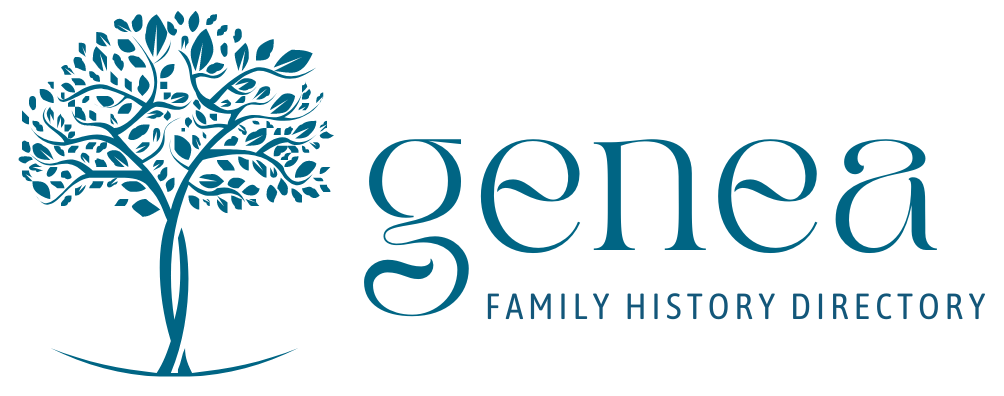Errors in Family History Records
Almost every family history database has errors. Transcription mistakes, language and a lack of experience may all lead a family history researcher astray. Here are some potential issues to think about.


Transcribed Documents
Any document that has been transcribed, whether a modern transcription or reports copied close to the time of being made, has the potential for errors. Look closely at all records you obtain to determine whether they are a true copy (scan or photocopy) of the original, or if they have been transcribed. Regardless of when the copy or transcription was made, it is important to be aware that they are not always reliable. Errors can occur in even the most careful transcriptions.
Census Records
There are several reasons why census data may not be completely accurate such as a lack of knowledge of the informant or individuals giving incorrect information. For instance, many people didn’t know exactly what year they were born and therefore how old they were. It is also very common for names and places to be misspelt. To achieve the greatest possible standards of proof, details obtained on one census return should always be evaluated in connection with those from other years and from other sources.
Diaries/Journals/Letters
Personal papers provide precious, first-hand knowledge about the life of an ancestor; but, be careful with regard to other persons mentioned. Some information recorded may be factual, but some may be simply gossip.
Historic Newspapers
Newspaper stories may appear to be reliable, yet they may contain incorrect information supplied to the writer as well as transcribing mistakes. Obituaries are renowned for including mistakes. Use the information found in newspaper reports to find original sources.
Published Family Histories
Published family histories can be quite accurate if researched well. Look for sources listed in the book and use them as a finding aid to evaluate the research. If no sources are recorded, published family histories should only be used as a reference to where you can begin your own research.
Local Histories
Articles about people and families are often published in local history journals. While the facts presented may be well researched, they may also be derived from unverified family stories or negative events may be glossed over. Use the information found in local histories as a starting point to locate original source records.
Genealogy Websites
Genealogy websites hold extensive collections of research material. While many scanned copies of original sources can be found on genealogy websites errors may be found in the indexes or transcriptions. Much of this information has been transcribed by volunteers and errors can happen especially when working with damaged or faded documents.
Family Trees
Online family trees are particularly notorious for errors. Many people rely on hints or simply copy information from other family trees turning that information into facts in their own trees. If credible sources have been provided you can use the sources as a finding aid to evaluate the information yourself. If no sources have been provided, consider the information as a starting point to conduct your own research.
Keep an open mind when researching. Search for alternate spellings, broaden date ranges, weigh contradictory evidence and always be mindful that no matter the source, there is always a probability that it contains errors.

